Exploring the Pros and Cons of Technology in the Modern Classroom
Technology has had a major impact on the way students learn and interact with each other. From online classes to virtual field trips, technology has changed the way education is accessed and delivered. As technology continues to evolve, it’s important to understand the pros and cons of using technology in the educational setting. This article will examine the effects of technology on traditional educational practices, student engagement, collaboration, and more.
Pros of Technology in the Modern Classroom
- Access to a wealth of information: Technology provides students with access to a wealth of information that would otherwise be unavailable. With the internet, students can access a variety of resources, including online libraries, databases, and educational websites.
- Engaging educational tools: Technology has made it possible to create interactive and engaging educational tools. From virtual reality simulations to 3D gaming, these tools can help students learn and retain information faster and more effectively.
- Increased collaboration: Technology can also facilitate collaboration between students, allowing them to work together on projects, communicate, and share ideas.
Cons of Technology in the Modern Classroom
- Potential for distraction: Technology can be a major distraction in the classroom, as students may be tempted to use their devices for social media or other activities rather than focusing on their studies.
- Social disconnect: Technology may also lead to a social disconnect between students, as they may be more likely to interact with each other virtually rather than in person.
- Cost: Incorporating technology into the classroom can be expensive, as schools must purchase and maintain the necessary equipment.
Implications for the Future of Education
As technology continues to evolve, it is likely to have a profound impact on the future of education. Technology will likely continue to be integrated into the classroom, making it easier for students to access educational materials, collaborate with each other, and engage with their studies. However, it is important to remember the potential downsides of technology, such as the potential for distraction and social disconnect. As such, it will be important for educators to be cognizant of the potential implications of technology on the educational environment.
The Role of Educators
In order to ensure that technology is used responsibly and effectively in the classroom, educators must take an active role in navigating the shift. Educators should strive to create a learning environment that emphasizes collaboration and student engagement while also being mindful of the potential distractions that technology can bring. By doing so, educators can help ensure that technology is used to its fullest potential to improve the educational experience.
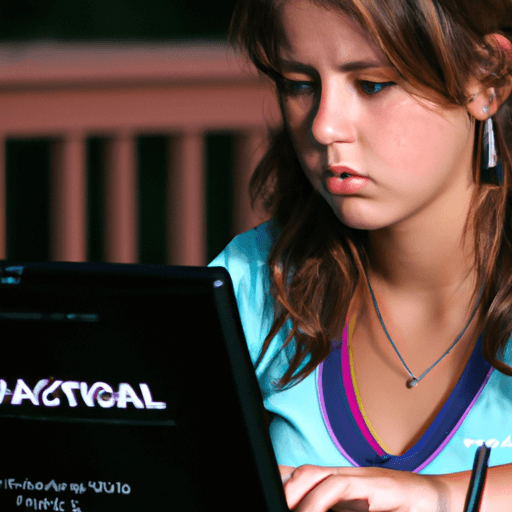
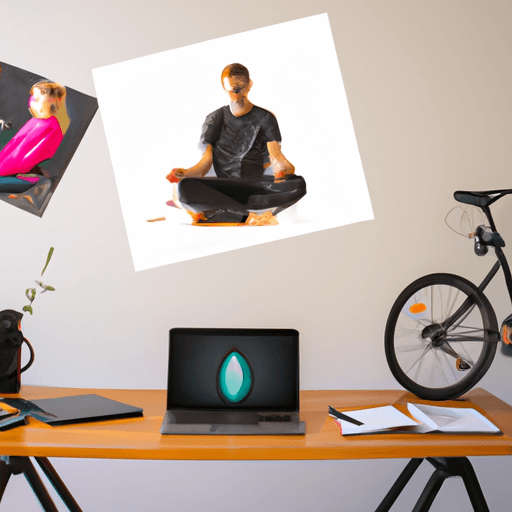






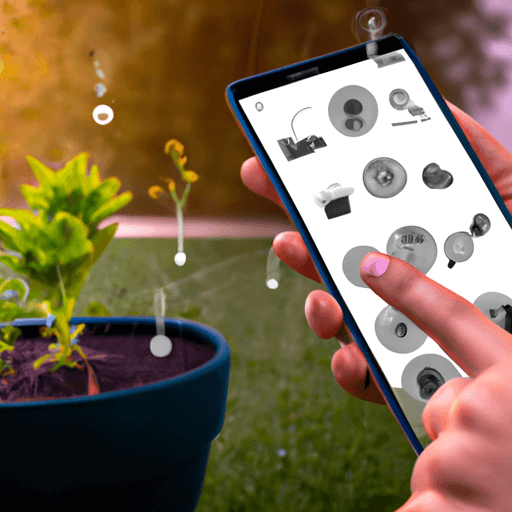
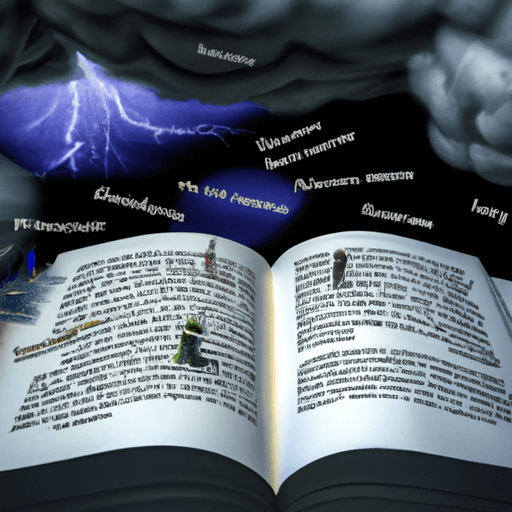




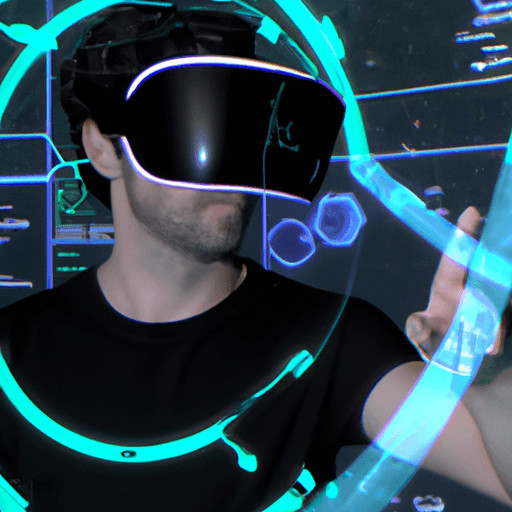



Comments
Leave a Comment